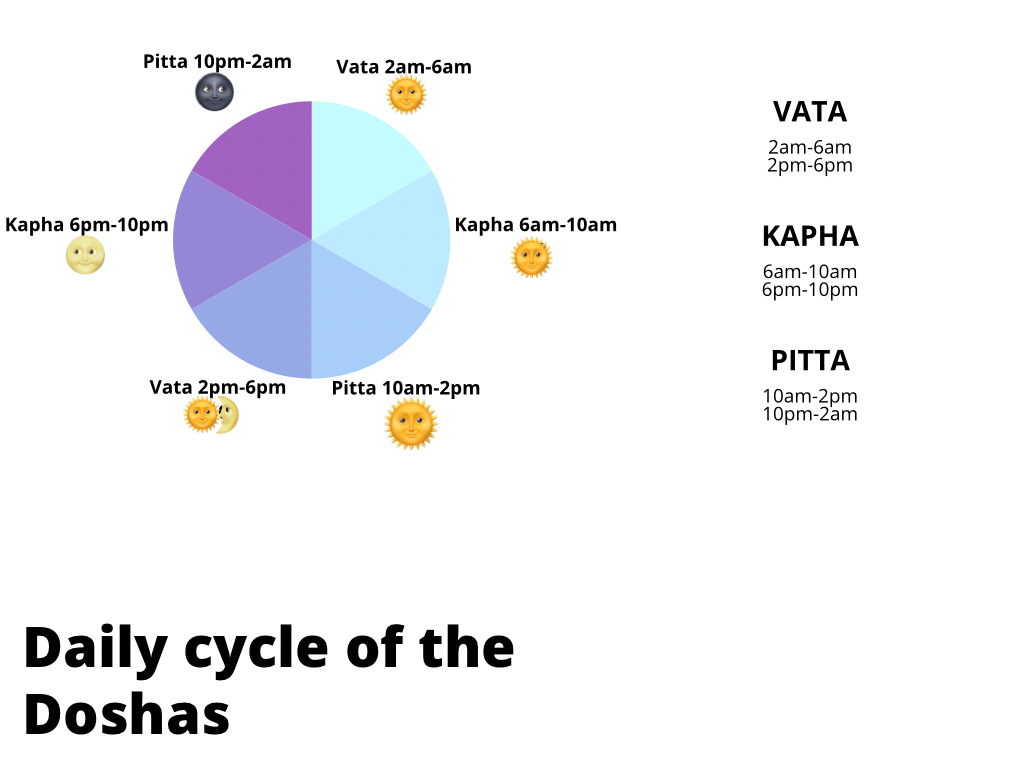Recent content
How to use Herbs and Spices in your Kitchen
Daily Routine (Dinacharya) in Ayurveda
If I were to ask you about your daily routine, what would you say?
It seems that many people would begin to describe their day-to-day routine involving physical tasks and commitments like showering, getting ready for work, packing the kid's lunches, etc.
Daily Routine
Creation of Ayurveda Formulas (Bhashajya Kalpana)
Bhaishaja Kalpana, Creation of Ayurveda Formulas is the art of processing of different therapeutic compounds together as a formulations. It is one of the most important aspects of Ayurveda. Ayurvedic dravya and “herb” as in western herbology are very different things although the general public think the word herb encompasses all non-allopathic/ CAM (complementary and alternative medicine) compounds.
About us
Narayana Ayurveda and Yoga Academy (N.A.Y.A) is a well-respected and premier Ayurveda college in the state of Texas. Our professional Ayurveda Seminars are approved and regulated by Texas Workforce Commission-Career School and Colleges.
Sanskrit for Ayurveda
Sanskrit for Ayurveda practitioners
Mithun Baliga
Sanskrit is the spoken language of the Devatas or Demigods, according to Vedas. Samskrtam is said to be the oldest language known. Sanskrit is such a language rich in meaning, oftentimes there is no equivalent translation of the depth in which a word or sentence may be expressed through its context. Any student who is interested in Ayurveda will inevitably turn to the Briyat Treya.
Mamsa Dhatu - Muscle System in Ayurveda
by Rishi Forrester, and, Danae Delaney
Mamsa Dhatu refers to the 3rd tissue in the evolution of the dhatus in Ayurveda. This tissue governs muscles, tendons, skins, and various excretions of the body. Our focus is on the increase and decrease of the mamsa dhatu in relation to emaciation, weight loss, and weight gain. emaciation and weight loss can be closely tied to Mamsa dhatu because it is closely tied with Earth and Fire and its manifestation in the body.
What are Doshas
By Dr. Nandini Daljit
Ayurveda and Organic Foods
Western nutrition and Ayurvedic nutrition have definite differences about how people nourish themselves. Western nutrition concerns itself with the amount of calories, amount of macronutrients, carbs, proteins and fats, and micronutrients, vitamin and mineral content, and an ingredient list. Of course, western people are obsessed with being thin, so of course, calories is the first thing listed on western food labels.
Samkhya Philosophy in Ayurveda
Authors: Students of San Diego College of Ayurveda
Samkhya to me is the most realistic, understandable and exquisite philosophy of creation and the components of our being. From physical/material existence to the highest level of consciousness Samkyha explains it all.






